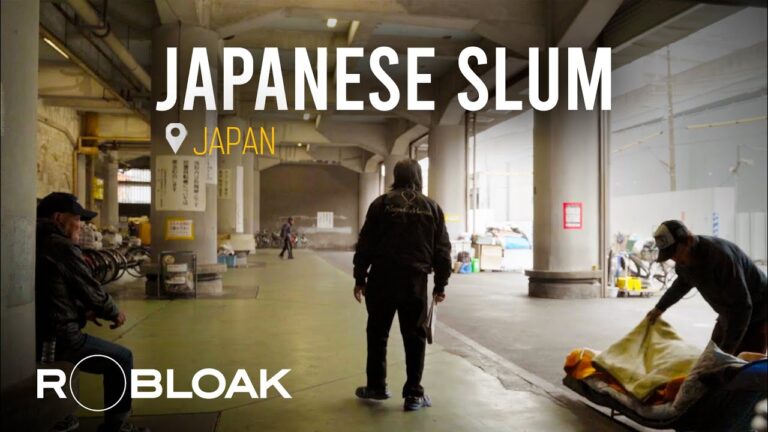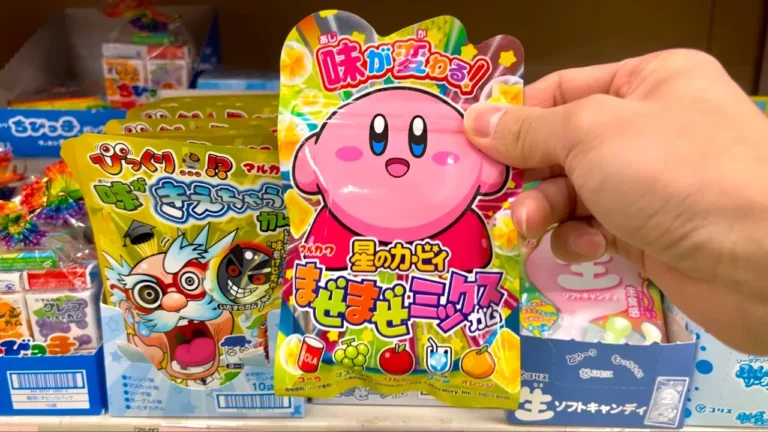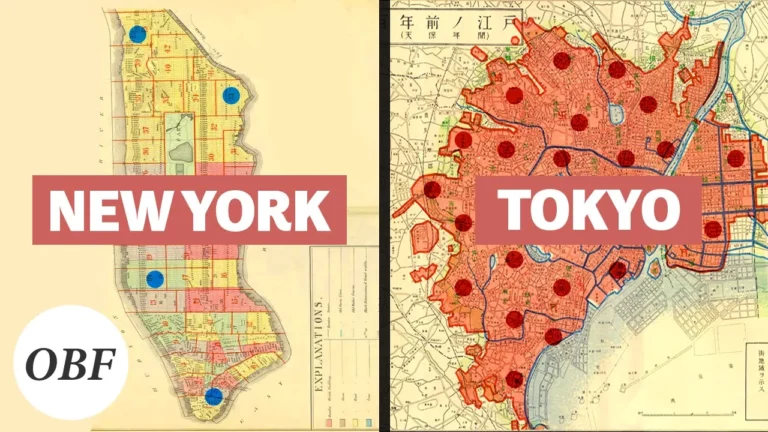When envisioning a move to a Tokyo neighborhood, the image that comes to mind is one of vibrant streets humming with activity, where convenience meets community. Each Tokyo ward, with its own distinct character, adds to the tapestry of this bustling metropolis. Take, for example, Shinkoiwa station, the epitome of a typical Tokyo neighborhood with its lively atmosphere and diverse offerings.
In Tokyo, transportation revolves around the intricate web of train stations, acting as the heart of each neighborhood. From daily commutes to running errands, everything starts and ends at these bustling hubs. While most residents prefer walking or cycling to the stations, other modes like cars, buses, and bikes are also prevalent. The emphasis on public transportation is so ingrained that workplaces cover commuting expenses, making car ownership more of a luxury than a necessity.
The essence of Tokyo neighborhoods lies in the mixed-use zoning, where residential, commercial, and civic spaces coexist harmoniously. This unique zoning enables the seamless integration of essential services like schools, healthcare facilities, and shopping districts within walking distance. The proximity of these amenities fosters a strong sense of community, where residents can navigate daily life without relying on cars.
Safety is paramount in Tokyo neighborhoods, especially for children who roam freely within the confines of their community. Streets with low speed limits and designated school zones ensure a safe environment for children to explore and play. The concept of ‘Eyes On The Street’ reinforces a communal watchfulness, creating a secure atmosphere where residents feel comfortable walking alone even late at night.
While Tokyo may seem like a bustling mega-city at first glance, its neighborhoods offer pockets of tranquility amidst the urban hustle. Parks, shrines, and riverbanks provide serene escapes from the daily grind, allowing residents to unwind and connect with nature. Additionally, traditional institutions like sento (public bathhouses) offer a glimpse into Japanese culture and provide a space for relaxation.
In conclusion, Tokyo neighborhoods embody a harmonious blend of convenience, community, and safety. The seamless integration of essential services, emphasis on walkability, and focus on communal well-being make living in a Tokyo neighborhood a unique and enriching experience.












